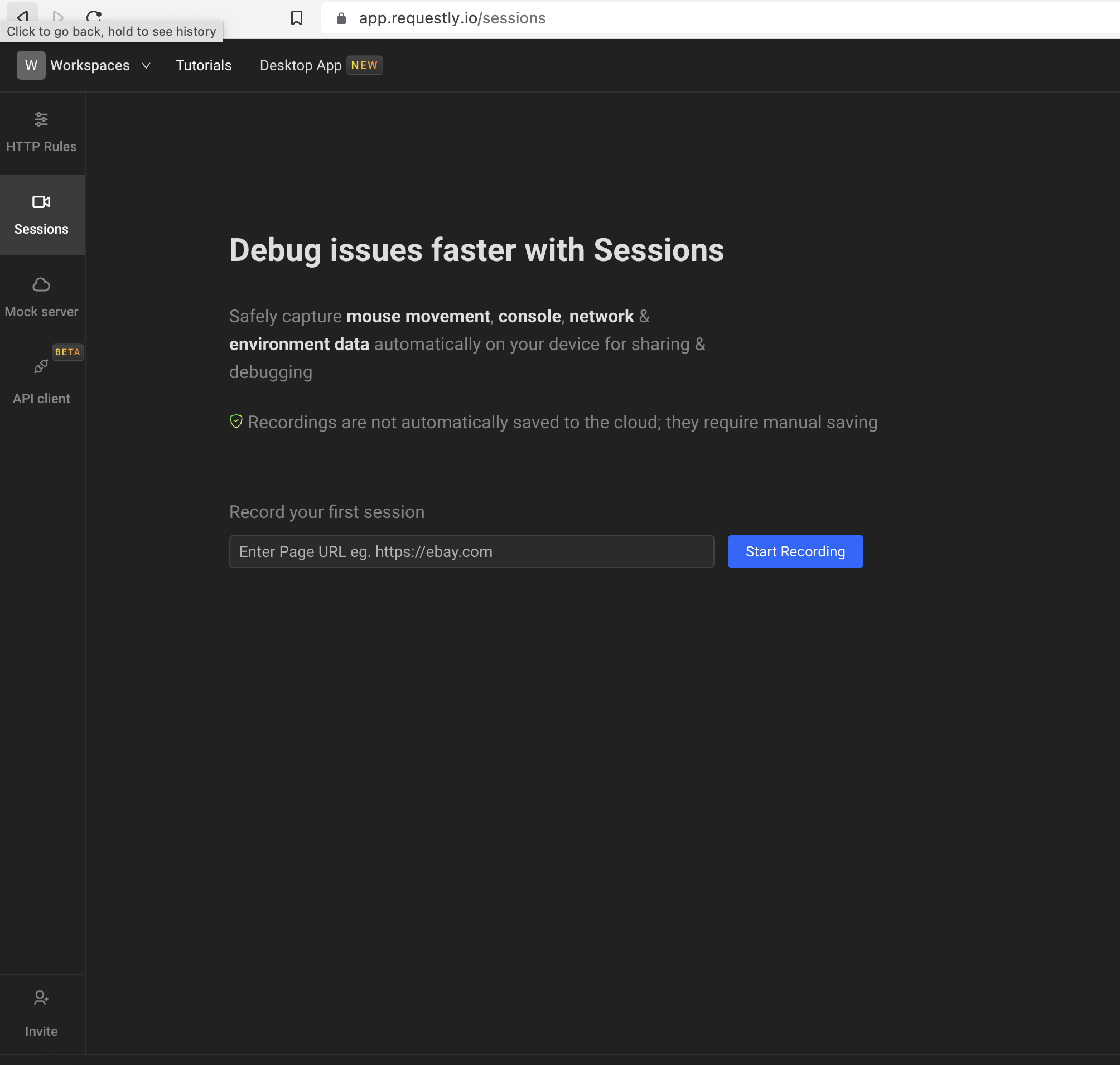The Role of Bug Reporting in Software Testing: A Deep Dive

Introduction
Reporting bugs is a fundamental process involving the documentation and communication of software defects, commonly known as “bugs,” to relevant developers responsible for correcting them. These bugs are essentially unintended errors or flaws in a software system that can result in malfunctions, unexpected behaviours, or disruptions to its normal operation. This practice holds immense significance within the realms of software development and quality assurance. Whenever users or testers come across bugs while utilizing a software application, they initiate the creation of bug reports.
Moreover, an effective bug report process stands as a cornerstone of quality assurance efforts. By actively reporting and subsequently correcting bugs, the overall quality of the software is elevated, resulting in a more dependable and stable product. Notably, many bug reports stem from end-users who experience issues during real-world applications, thus highlighting the user feedback loop. Swiftly addressing these concerns demonstrates the development team’s regard for user feedback, subsequently enhancing user satisfaction and trust.
Understanding the Basics of Bug Reporting
Bug reporting is created by a tester or user, and an ideal software bug report generally contains the following information:
- Description: A detailed description of the problem, explaining what the bug is and how it affects the application’s functionality.
- Reproduction Steps: Clear, step-by-step instructions on how to reproduce the bug or the specific actions that trigger the issue.
- Expected Behaviour: Explanation of what the user expected to happen when performing those actions.
- Actual Behaviour: Description of what actually happened, including any error messages, unexpected outputs, or crashes.
- Environment: Information about the software version, operating system, hardware, and any other relevant configurations.
- Severity: An assessment of the bug’s impact on the application’s functionality, ranging from minor issues to critical defects.
- Priority: The bug’s importance in terms of fixing it compared to other reported issues.
- Reported by: Bug report usually contains the reporter’s name or email address.
Here is a sample bug report template for your reference:
During software testing and usage, a multitude of bug types come to the forefront, each bearing distinct characteristics and implications. These bug categories encompass functional bugs that disrupt core software operations, leading to unexpected behaviours like incorrect calculations and malfunctioning features.
Interface bugs affect the graphical user interface, resulting in issues such as misaligned elements and unresponsive UI components. Performance bugs hinder software speed and responsiveness, causing delays and high resource usage. Compatibility bugs emerge when software behaves inconsistently across different platforms or browsers.
Additionally, security vulnerabilities can be exploited by malicious actors, while concurrency bugs occur in multi-threaded applications, leading to race conditions. Usability issues impact user experience, while documentation bugs cause confusion due to incorrect instructions. Localization bugs affect translated versions, data-related bugs involve handling and processing issues, and boundary bugs arise when software mishandles inputs at specific limits. These varied bug types underscore the need for comprehensive testing and meticulous bug reporting in the software development process.
A good bug report should contain information such as the cause of the error, what led to the error, and how to reproduce it. Without adding this info, bug tracking seems like a very tedious process.
Challenges faced during bug reporting
Bug reporting can be a complex and challenging process. Some of the common challenges faced in bug reporting are:
- Incomplete or Inaccurate Information: When the user reports problems with software but doesn’t give all the important details, it can be really hard for the people who make the software to fix the issues. For example, if someone doesn’t explain exactly how to make the problem happen, where it happened, and what they thought should happen instead, it makes it tough for the software developers to figure out what went wrong. This can make it take longer to fix the problem and might even lead to the wrong solution.
- Reproducibility: Certain bugs can act unpredictably, which means they don’t happen the same way every time. When people testing the software can’t make the bug happen again and again in a consistent way, it becomes really tough for the folks who build the software to figure out why it’s happening. It’s important to be able to make the bug happen repeatedly because it helps the developers study the problem closely and try out different ways to fix it. When a bug doesn’t show up reliably, it’s hard for developers to find a pattern or understand what’s causing it, which makes it difficult to solve the problem.
- Priority and Severity Misalignment: Discrepancies in understanding the severity and priority of bugs can create confusion and inefficiencies in bug-fixing endeavours. If testers and developers hold differing perspectives on how critical a bug is or when it should be addressed, it can lead to misallocation of resources. High-priority bugs might not receive the immediate attention they require, and conversely, low-priority issues might be prioritized over more critical concerns. This misalignment can result in delays and skewed bug-fixing priorities.
- Absence of Clear Bug Reporting Process: A standardized bug reporting process is pivotal for efficient communication between testers and developers. When testers submit bug reports using varying formats or omit crucial details, it becomes challenging for developers to assess the severity, impact, and necessary steps to reproduce the issue. A clear bug reporting process, encompassing well-defined templates and guidelines, streamlines communication, accelerates issue resolution and ensures that no essential information is overlooked or omitted.
- Lack of Bug Reporting Tools: Effective collaboration and bug reporting tools play a pivotal role in expediting the identification, reporting, and resolution of bugs. In the absence of such tools, communication channels between testers and developers might be disjointed or inefficient. Robust bug reporting tools facilitate seamless documentation, bug tracking, and updating of the reports. Without these tools, the process can become cumbersome, leading to delays in addressing issues and reduced overall efficiency in bug management and resolution.
Overcoming these challenges requires open communication, clear bug-reporting guidelines, collaboration tools, and an understanding of the importance of accurate and comprehensive bug reporting in the software development process.
Requestly Sessions – a comprehensive bug-capturing tool
It is very important to inform about a bug, however, it is more important to have the right tool for bug reporting. Requestly Sessions lets you record screen, mouse movement, console logs, network logs, and environment data.
To record a session, open the Rquestly extension, go to the sessions tab and paste the URL you wish to monitor and report a bug.

Just paste the url for example: https://www.nytimes.com/, then click Start Recording button. This is the example session recording with all console logs, network logs and environment.
This will help testers or users to send a perfect bug report to the developer team which will help them to know the issue with a clear mention of everything they need to fix it and reproduce it.
Conclusion
Requestly will help in bug reporting by offering features such as session recording, monitoring network traffic, and exporting/importing HAR files which will help the developer team to identify the bug quickly by knowing the way to reproduce the issue because of the features provided by Requestly such as looking at console logs, network logs, and the user environment.
Bug reporting is crucial for software development and quality assurance, helping to identify issues, improve quality, and enhance user satisfaction. Requestly Sessions is a comprehensive bug-capturing tool that can aid testers and users in sending perfect bug reports to the development team.
Contents
Subscribe for latest updates
Share this article
Related posts




















